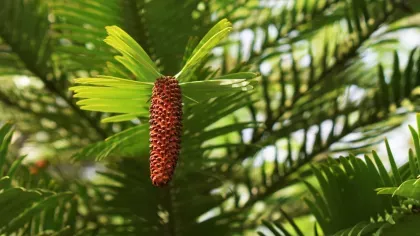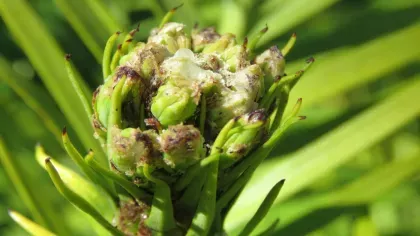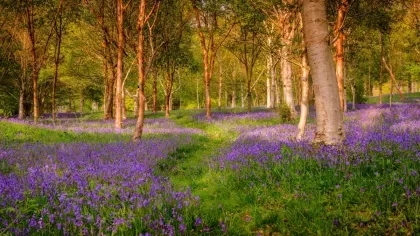22 January 2019
Cows and sheep have a winter holiday at Wakehurst
During the winter, Wakehurst becomes the seasonal home to some four-legged visitors. Read how they help us manage Wakehurst's delicate ecosystem.

A winter holiday
This year, 90 sheep and 22 cows have made the 12-mile journey from Ashdown forest to Wakehurst.
Wakehurst makes an ideal holiday home. Pickings are slim on the Ashdown forest floor during the winter months as purple moor grass (their usual food) is dormant.
On the other hand, Wakehurst's fields are bursting with tasty herb-rich grass - so it makes perfect sense for the animals to take a holiday break at Wakehurst for the colder months.
A helping hoof
Kew’s wants to look after the land as naturally as possible to protect the delicate ecosystem, and Hebridean sheep are the perfect woolly helpers.
Virtually extinct in the 1970’s with only 300 remaining in the world, Hebridean sheep are descendants of the ancient short-tailed sheep that once lived on the north-western fringes of Europe.
This breed hasn’t been modified by artificial selection, so they remain small and light-footed.
Their gentle feet means they’re ideal for helping manage delicate ecosystems such as lowland heath, upland moors, sand dunes and grasslands. WIth their soft hooves, they tread the seed into the soil and open up the grassland to expose the soil and allow light in.
“This is really beneficial in the spring when the seed starts to germinate”, says Steve Robinson, who is the Loder Vallery Nature Warden and looks after Wakehurst’s landscape.
This is impossible to replicate with a machine, so our seasonal visitors play an important part in Wakehurst’s land management programme.

A family affair
As well as sheep, brown-eyed Riggit Galloway cattle make their home at Wakehurst during the winter too.
This breed originated in Galloway in Scotland in the 17th century.
Wakehurst holidays are a family affair for this herd. Each year the calves born at Wakehurst the previous year return, often with calves of their own.
This year Wakehurst is home to six new calves and their mothers. The calves are named Dittany, Dewberry, Damson, Cowslip, Calluna, and Clover. Two bulls arrived in December, so the whole breeding process will begin again and hopefully we'll have some new calves in spring.
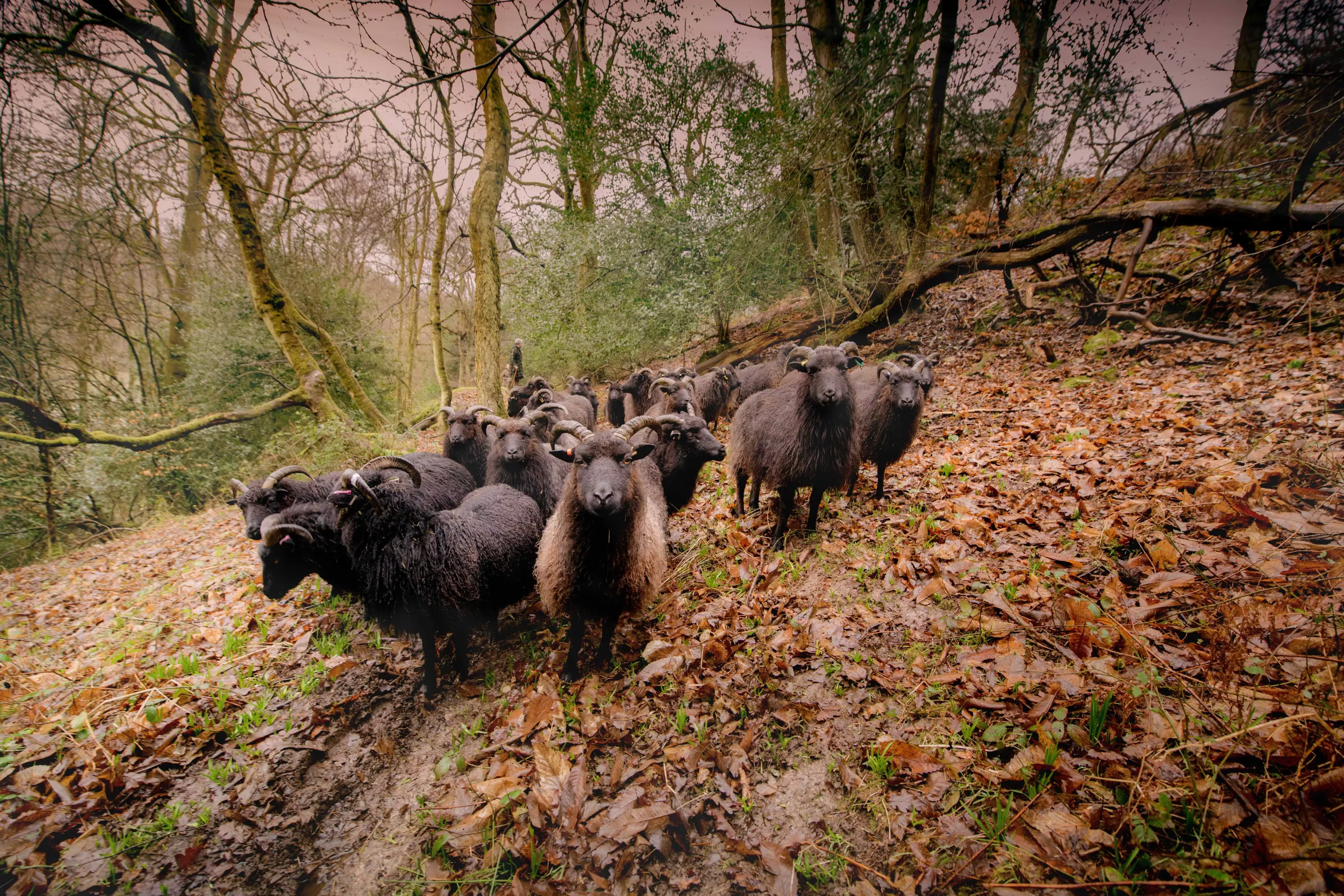
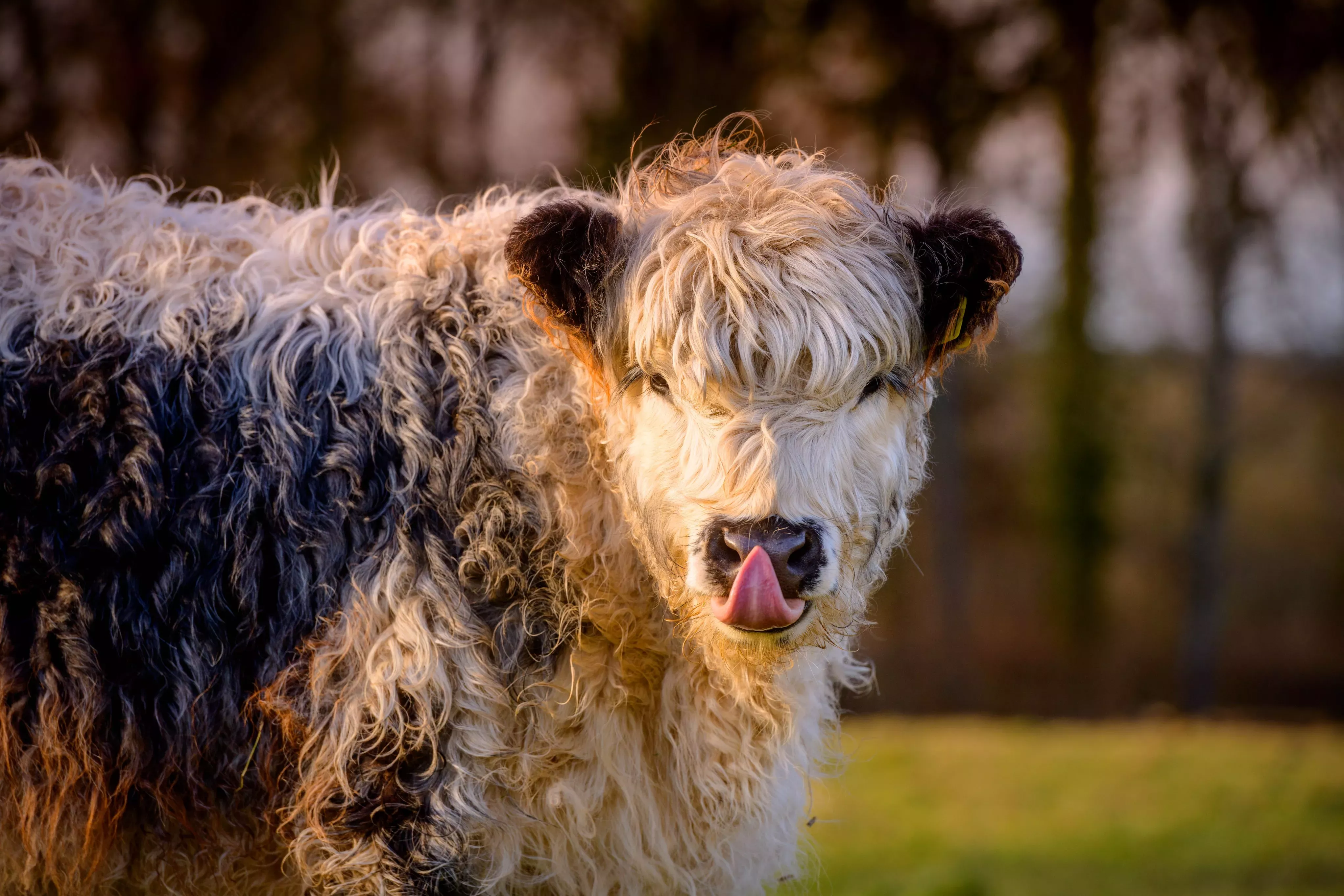
In spring all the animals will be returned to the Ashdown Forest where they will remain until it’s time for their next winter break.
Plan your visit to Wakehurst to see the animals up close at Wakehurst. They are regularly moved around out the 500 acres, but can usually be seen in South Park (that faces Selsfield Road, Ardingly) and Yew Tree Meadow to the north of the Visitor Centre.
